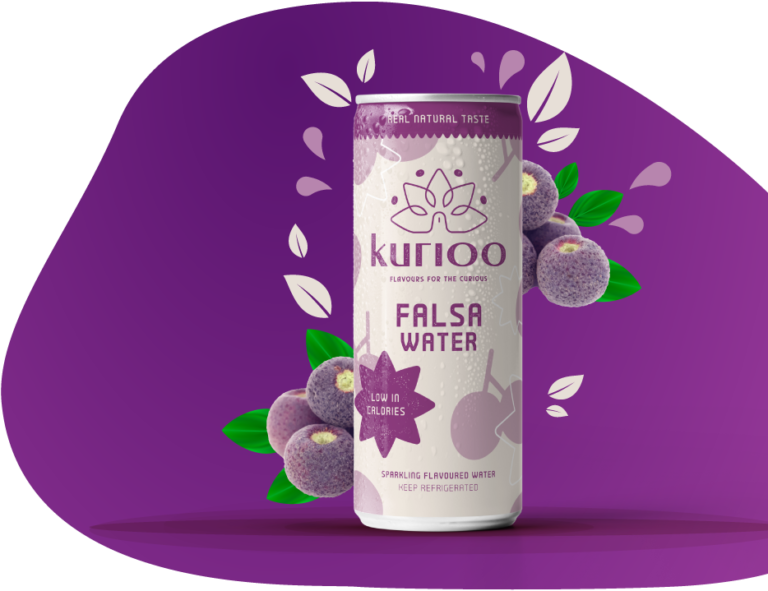
TRADITIONAL INDIAN SYRUPS …
In South-Asian countries (India, Pakistan etc…), where temperatures can rise up to over 50° Celsius in summer, local communities turn to homemade flavored water for refreshment. Inspired by herbal pharmacopeia, which has a history of almost 1000 years, locals mix up their water with natural Indian syrups, such as Cardamom and Falsa Fruit, to spice up their drink and quench their thirst.
THE INDIAN PEAFOWL,THE NATIONAL BIRD OF INDIA.
Proud of our roots, we chose the Indian Peafowl as our mascot. With its colorful feathers and spectacular bronze-green tail, the peacock represents the vivid Indian culture and its daring flavors. Known as a curious animal, the peacock is the perfect companion for exploring new tastes.
CURIOUS?
DISCOVER OUR PRODUCTS
Grewia asiatica, commonly known as phalsa or falsa, is a species of flowering plant in the mallow family Malvaceae. It was first found in Varanasi, India, and was taken by Buddhist scholars to other Asian countries and the rest of the world. Grewia celtidifolia was initially considered a sheer variety of phalsa but is now recognized as a distinct species.
It is a shrub or small tree growing to 8 m tall. The leaves are broadly rounded, 5–18 cm long and broad, with a petiole 1–1.5 cm long. The flowers are produced in cymes of several together, the individual flowers about 2 cm diameter, yellow, with five large (12 mm) sepals and five smaller (4–5 mm) petals. The fruit is an edible drupe 5–12 mm diameter, purple to black when ripe.
Cultivation and uses
It is extensively cultivated for its sweet and sour acidic fruit, which are sold in the market during the summer months under the name falsa. The sherbet or squash is prepared from the fruit pulp by mixing it with sugar and used as an astringent, stomachic and cooling agent.
Santhal tribals use the root for rheumatisms. The stem bark is used in refining sugar to make ropes, and its infusion is used as a demulcent. The leaves are used as an application to pustular eruptions. Some physicians also prescribe the buds.
It has become naturalized and locally invasive in Australia and the Philippines.
